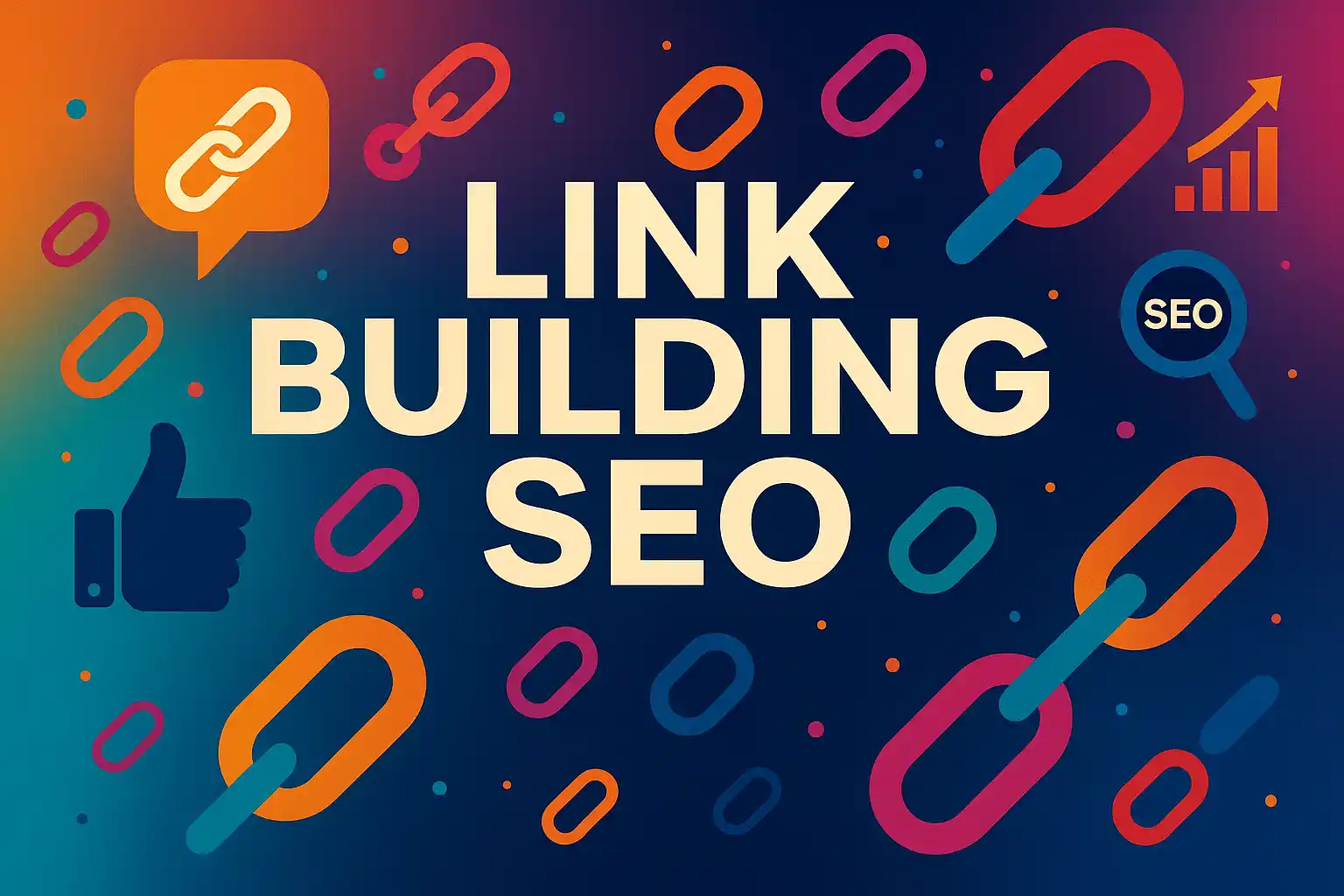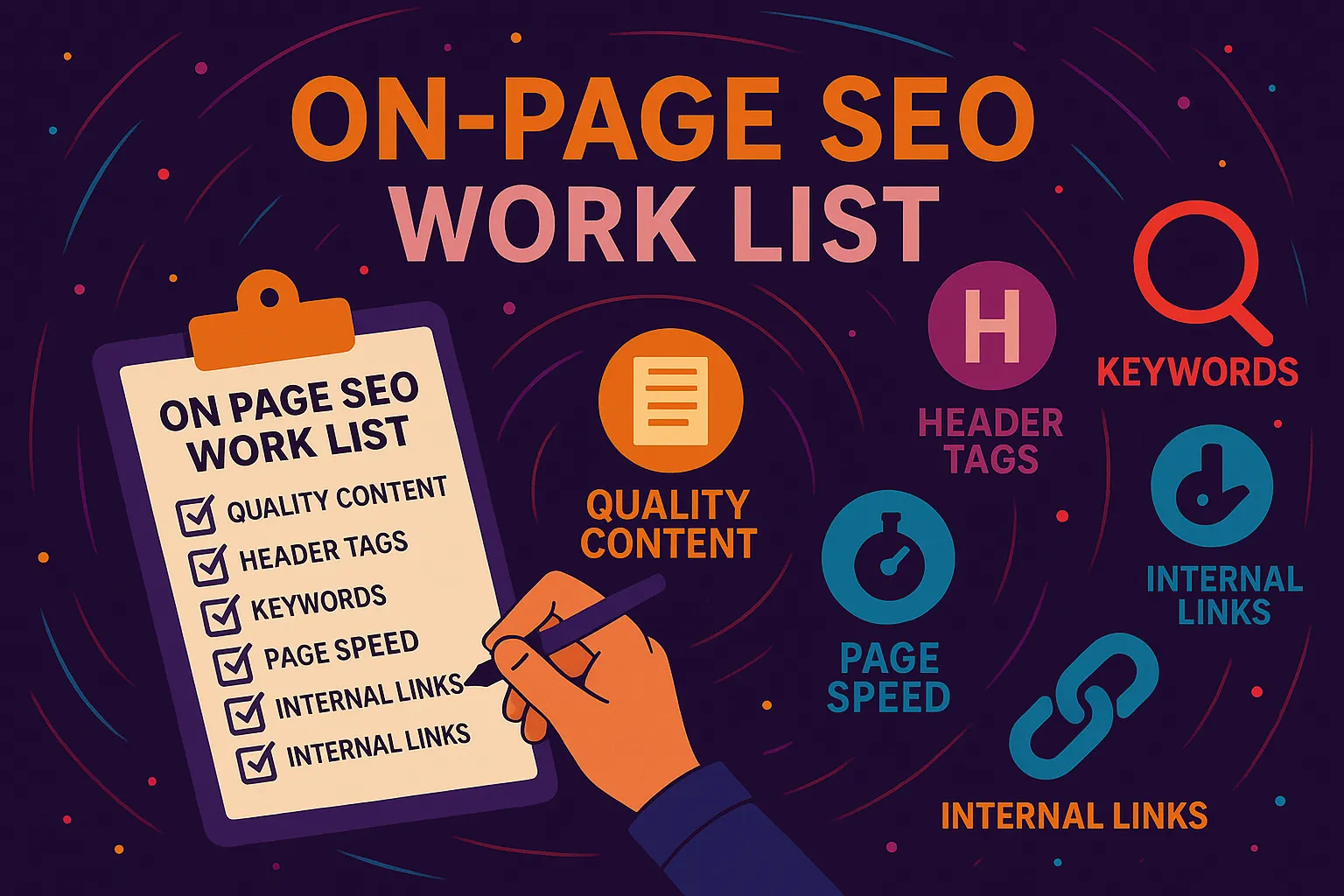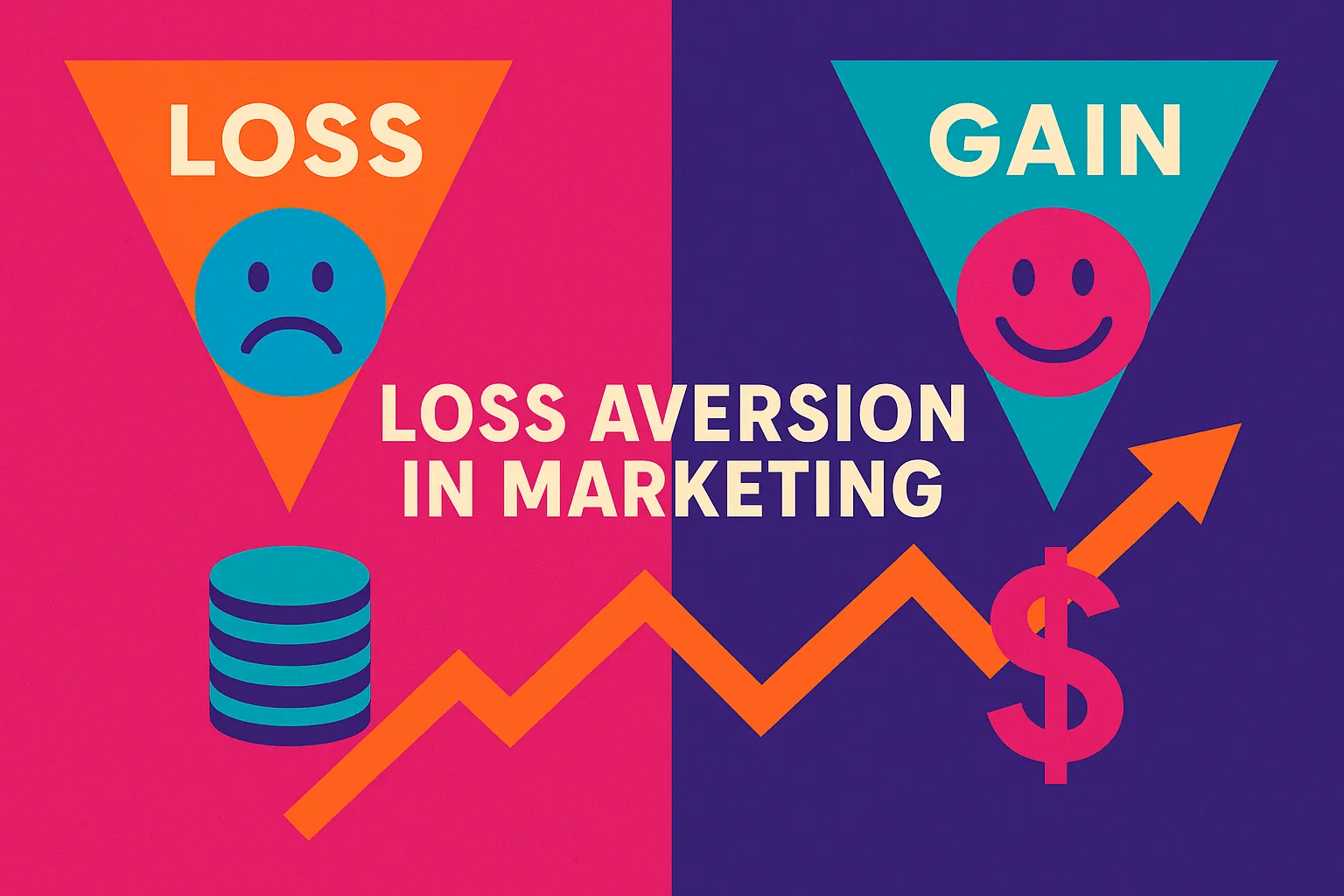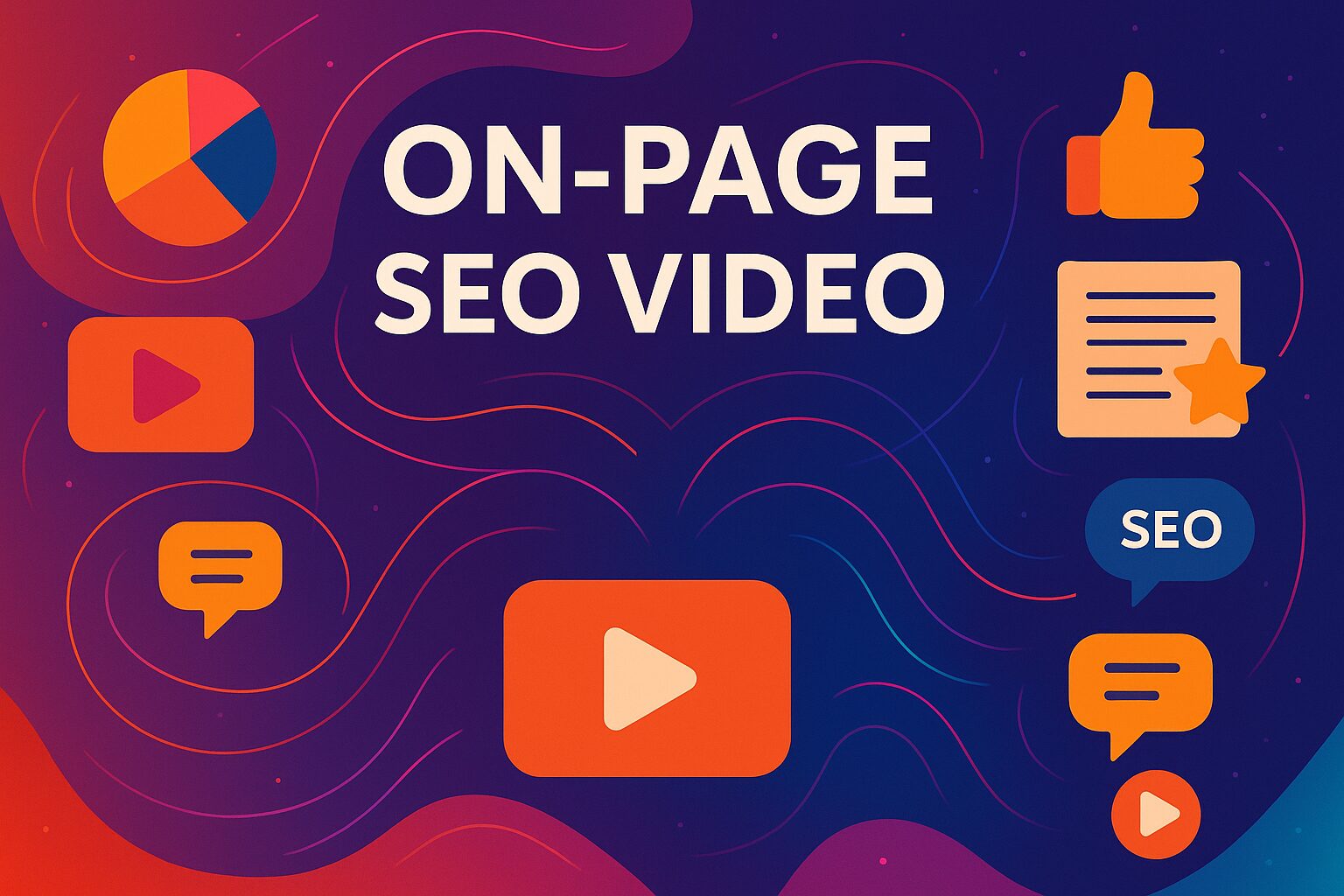What is Link Building SEO?
Link Building SEO is the practice of getting other websites to link to yours. These backlinks help search engines understand that your content is useful and authoritative.
The more high-quality sites that link to you, the more likely Google is to reward you with higher rankings. In simple terms: links are like votes for your website.
But not every vote is equal. Some matter more than others, and some could actually hurt your site if they’re from shady or irrelevant sources.
At Vibe Branding, we’ve been building and ranking websites for over 10 years. In that time, I’ve seen firsthand how powerful the right link can be.
One well-placed backlink from a reputable site has driven more leads for our clients than months of paid ads. And I’ve also seen what happens when companies cut corners.
They buy links or automate spammy outreach and end up penalized, invisible in search, and spending double to recover. That’s why this article is here: to help you do link building SEO the right way—safely, sustainably, and strategically.
TL;DR
- Link Building SEO is essential for improving your website’s visibility and authority.
- Backlinks are one of the top signals Google uses to rank your website.
- Not all links are equal: quality matters far more than quantity.
- The best link building strategies in 2025 include digital PR, guest posting, and content-driven outreach.
- Tools like Ahrefs, BuzzStream, and Google Alerts help streamline your link building efforts.
- Small businesses can compete with large brands through smart and ethical link building.
Why Link Building Matters More Than Ever in 2025
Search engines are constantly evolving, but one thing stays consistent: backlinks remain one of the most influential ranking factors. Google, Bing, and even AI-driven engines rely on links to help understand what content deserves to be at the top.
But in 2025, it’s not just about having links. It’s about earning the right kind of links.
Links that come from trusted sources, placed in relevant content, and positioned where actual people are likely to click. As a CEO, I often explain to clients that good SEO is a lot like building your reputation in real life.
Imagine if every big player in your industry mentioned your name with respect—that’s what strong backlinks do online. The most successful campaigns we’ve run at Vibe Branding have always included a long-term link building strategy, woven into our broader SEO game plan.
Without it, your content is like a billboard in the desert. With it?
You’re in Times Square.

How Do Backlinks Influence Search Engine Rankings and Domain Authority?
Think of backlinks as trust signals. When one site links to another, it’s essentially saying, “Hey, this source is credible.”
Google then tallies these signals through its PageRank algorithm (yes, it still exists) and factors them into your domain authority. This directly impacts how well your site ranks in the search results.
Here’s a quick breakdown:
Factor | Description | Influence on SEO |
Domain Authority (DA) | Score that predicts how well a site will rank | Higher DA = more SEO power |
Anchor Text | Clickable text used in the hyperlink | Helps search engines understand context |
Relevance | How topically aligned the linking site is | More relevant = more trust |
Link Placement | Where the link appears on the page | In-content links > footers or sidebars |
Link Type | Dofollow vs Nofollow | Dofollow passes authority |
In our own projects, we’ve helped new domains go from virtually invisible to page one rankings within 6 months, simply by combining strong content with a targeted backlink plan. It’s not magic—it’s method.
What Makes a Backlink High Quality (And What Makes One Toxic)
A high-quality backlink is like a recommendation from an industry leader. It’s contextual, relevant, comes from a trusted source, and adds real value to the user.
On the other hand, a toxic backlink is one that comes from spammy, irrelevant, or manipulative sources. Google’s algorithms are smart enough in 2025 to detect the difference.
Here’s how we evaluate links at Vibe Branding:
- Relevance: Is the content linking to your page related to your topic?
- Authority: Is the linking site known and respected in your industry?
- Trustworthiness: Does the site have a history of clean link profiles, or is it filled with paid/suspicious links?
- Placement: Is the link buried in a footer, or is it placed naturally within the content?
- Traffic: Does the linking page actually get visitors, or is it a ghost town?
I once had a client come to us after paying for 500 backlinks. The result?
A penalty that tanked their traffic overnight. We spent months disavowing links and rebuilding their credibility.
Since then, we always say: one great link beats a hundred bad ones.
What Are the Best Link Building SEO Strategies in 2025?
The best strategies right now are ethical, scalable, and centered around value. Gone are the days when you could submit your site to 1,000 directories and rank.
Today, it’s about relationships, content, and relevance. Here’s what we use regularly at Vibe Branding:
- Guest Posting: Writing valuable content for other industry sites that includes a link back to your own.
- Digital PR: Creating buzzworthy stories that get picked up by media and bloggers.
- Resource Link Building: Earning links from “best tools,” “top agencies,” or “ultimate guide” listicles.
- Broken Link Outreach: Finding dead links on relevant websites and offering your content as a replacement.
- Content Marketing: Publishing original research, infographics, and how-to guides that others naturally want to reference.
Each strategy starts with research. We analyze what kinds of content our competitors are getting links for, then brainstorm what we can create that’s 10x better.
The key is to make your content so good, others want to link to it.

How to Earn Backlinks Without Breaking Google’s Rules
This is a big one. Because let’s face it: there are a lot of shady link builders out there.
But Google’s rules are clear. Paying for links or using automated link schemes is a violation, and it can destroy your domain overnight.
So how do we earn links the right way? First, we focus on creating linkable assets.
These are content pieces so useful or unique that people link to them organically. That could be a data study, a checklist, a quiz, or even an interactive calculator.
We once built a “branding cost estimator” tool that got over 200 backlinks just from designers and marketers referencing it. Second, we promote that content.
We email journalists, influencers, and bloggers who cover similar topics. We use platforms like HARO (Help a Reporter Out) to pitch expert insights.
We join conversations on social media and forums where our content can add value. And we always personalize our outreach—no templates, no spam.
Finally, we stay transparent. If we collaborate with another brand or site, we disclose it.
If we guest post, we do it for visibility and thought leadership—not just the backlink. Google rewards transparency, and so do your users.
What Makes a Backlink “High Quality” (and What Makes One Toxic)?
After years in this business, I can tell you firsthand: not all backlinks are created equal. In fact, one of the earliest mistakes I made in my career was assuming that any link pointing to our client’s site was a good link.
That couldn’t be further from the truth. When it comes to Link Building SEO, quality matters much more than quantity—and that’s not just industry fluff, it’s proven by results.
A high-quality backlink is like a vote of confidence from a respected authority. Think of a backlink from a site like Forbes, HubSpot, or even a reputable local publication in your industry.
These links usually come from pages with high domain authority, contain relevant content, and appear in editorial context (not just a slapped-on blogroll or footer). Now contrast that with a toxic backlink.
These come from spammy directories, link farms, or irrelevant sites that exist solely to manipulate rankings. Google’s algorithm has become incredibly good at spotting these patterns, and if you’re caught participating—knowingly or not—you can end up in a world of hurt.
I’ve helped clients recover from penalties due to poor link profiles. Trust me, it’s not where you want to be. To evaluate link quality, we look at:
- Domain Rating (DR) or Domain Authority (DA) of the source site
- The relevance of the site to your industry or topic
- Whether the link is embedded within useful, readable content
- The anchor text—natural and contextually aligned
- Whether the link is “follow” vs. “nofollow” (both can be valuable but for different reasons)
What’s worked for us at Vibe Branding is applying a simple rule: if we wouldn’t be proud to show a client the link, we don’t build it.
Our Top Strategies for Link Building in 2025
In 2025, Link Building SEO has evolved beyond basic tactics. The digital landscape is smarter, and Google’s systems are more refined.
At Vibe Branding, we’ve had to stay ahead of the curve, adapting our approach with every algorithm update and client need. What’s exciting is that the modern toolkit for building great links has never been stronger—if you use it wisely.
Let me break down what we consider the most effective strategies in our link building playbook: First, we lean heavily on digital PR.
This means pitching stories, press releases, and even client milestones to media outlets. It’s not easy, but when it works, it lands us natural, powerful links from authority sites that would take months to earn otherwise.
Our most successful PR campaign last year landed a client backlinks from both TechCrunch and Business Insider—two placements that sent their organic traffic soaring. Second, guest posting is still alive and well—when done right.
We don’t use templates. We do real research, pitch real ideas, and write high-value content that naturally includes a backlink to a relevant resource.
The key is to contribute something meaningful, not just to grab a link. Third, linkable assets are a game changer.
These are pieces of content so valuable that other sites can’t help but reference them. We create original studies, infographics, tools, and guides—like this blog post you’re reading.
These assets do the heavy lifting long after they’re published. Fourth, we love using the skyscraper technique.
That means we find an outdated or subpar resource that’s already earned a lot of links, then create something significantly better. We reach out to all the sites linking to the original and introduce them to our upgraded version.
This strategy has consistently earned us links with a 10–15% outreach success rate—which is considered high in today’s standards. Lastly, we invest in broken link outreach.
This one’s a little more tedious, but very effective. We use tools to identify broken outbound links on high-authority sites, recreate that missing content, then offer our version as a replacement.
It’s a win-win: we help site owners clean up their content, and we get a new backlink in return. The best part?
All of these methods are entirely within Google’s guidelines.

How to Earn Links Without Breaking the Rules
I’ve heard people say, “To get results, you have to bend the rules.” That might work short-term, but it’s never been our philosophy.
At Vibe Branding, we’re all about long-term growth—and that means earning links the right way. Not only is it more sustainable, but it also protects your brand and ensures you don’t wake up to a Google penalty one morning.
Here’s how we stay ethical with our Link Building SEO:
We don’t buy links. Period.
I don’t care how common it is in the industry—Google considers paid links manipulative. Instead, we focus on value.
We pitch editors and site owners by leading with how our content benefits their readers, not how it benefits us. We also avoid link exchanges.
Trading links can seem harmless, but if you overdo it or do it in patterns, Google flags it.
We’ve turned down plenty of opportunities that looked promising on the surface but would’ve set off red flags with search engines. One of our most trusted ethical methods is contributing to reputable communities.
For example, we answer expert roundups, participate in forums like HARO (Help a Reporter Out), and comment meaningfully on industry blogs. These actions build relationships—and relationships lead to natural backlinks.
We also emphasize transparency with clients. When we explain how Link Building SEO works and show them the ethical route, they’re not only on board—they’re relieved.
Nobody wants to risk a ranking crash because of shady practices.
Best Tools for Prospecting, Outreach, and Tracking
If there’s one area where technology has really changed the game for SEO, it’s in the tools. When I started Vibe Branding, we didn’t have access to half the tools we use today.
Now, we can find opportunities, scale our outreach, and track ROI with surgical precision. Here’s what we rely on for Link Building SEO:
- Ahrefs: This is our go-to for competitor analysis, backlink audits, and identifying broken link opportunities. Their “Content Explorer” is gold for finding relevant blogs and authors in any niche.
- BuzzStream: Perfect for managing outreach. It helps us keep track of who we’ve contacted, follow-ups, and even organizes templates for personalizing emails.
- Hunter.io: Great for finding email addresses at scale. This saves hours we used to spend digging through websites just to contact someone.
- Pitchbox: A more robust outreach automation tool. We use it for bigger campaigns when we’re working with hundreds of prospects.
- Google Alerts: Still useful for catching brand mentions and linkless references we can follow up on.
And, of course, we use Google Search Console to measure backlink impact on rankings and indexation. Tools are just that—tools.
They won’t do the work for you, but they can help you do better work, faster.
How We Measure Link Building Success
Link building without measurement is like sailing without a compass. One of the biggest shifts we’ve seen at Vibe Branding is how we define success—not just by how many links we earn, but what those links actually do for your business.
We focus on key performance indicators (KPIs) that are tied directly to results:
- Number of referring domains: We track how many unique domains are linking back to the client, not just total links.
- Domain Rating (DR) improvement: While it’s a third-party metric, DR gives us a directional sense of how link authority is growing.
- Organic traffic growth: More links typically mean better rankings, which means more traffic. We chart this month over month.
- Ranking improvements for target keywords: If we’re building links to help rank a blog or service page, we expect that keyword to climb.
- Lead generation: At the end of the day, more traffic should equal more leads. This is where we tie SEO success directly to ROI.
We report these results clearly in our monthly client dashboards, which our team builds custom for each project. No fluff—just metrics that matter

Common Link Building Mistakes I See (And How to Avoid Them)
After more than a decade in the trenches of digital marketing, I’ve seen businesses make the same avoidable link building mistakes over and over again. These are the pitfalls that can stall momentum—or worse, get your site penalized by Google.
When you’re investing in Link Building SEO, the stakes are too high to mess this up. One of the biggest mistakes is focusing only on the number of backlinks rather than quality.
I’ve had clients proudly come to us with thousands of backlinks—only for us to discover 80% of them were low-authority, spammy, or completely irrelevant to their industry. More isn’t better.
Better is better. Another issue is chasing exact match anchor text in every single link.
I get it—you want your page to rank for “best SEO tools” or “New York branding agency.” But stuffing those phrases into anchor texts across dozens of backlinks screams manipulation.
Google’s algorithm is trained to sniff this out. I always recommend mixing in branded, generic, and natural anchors to keep the profile clean.
Then there’s the overuse of PBNs (Private Blog Networks). We’ve had to clean up several backlink profiles where a prior agency leaned hard on these networks.
Sure, they might work for a while—but once caught, the damage can be significant. We believe in building real links from real sites, not fabricated networks designed to game the system.
Ignoring relevancy is another biggie. If you’re running a pet supply store, a backlink from a cryptocurrency blog is more suspicious than supportive.
We always prioritize topical relevance. Google’s looking at context—and so are your potential customers. Lastly, many people simply give up too soon.
Link building is a long game. We’ve seen clients get frustrated after a few outreach emails go unanswered.
My advice? Stay consistent, stay human, and play the long game.
Results snowball if you stay committed to doing it right.
How Link Building Fits into a Full SEO Strategy in 2025
I’ve been saying this since 2015 and I’ll keep saying it in 2025: Link Building SEO doesn’t work in a vacuum. If your website’s technical health is poor, if your content isn’t optimized, or if your user experience is terrible—backlinks alone won’t save you.
That’s why at Vibe Branding, we look at SEO holistically. Link building is one part of what I call the “SEO Trinity”—Content, Technical, and Authority.
Without solid content, what are you even linking to? Without a clean site structure and fast load times, Google can’t properly crawl or index your site.
And without authority, great content won’t rank. All three elements work together like gears in a machine.
Here’s how we typically weave link building into our broader SEO strategy for clients:
- We start with a site audit. This lets us fix technical errors and make sure the site is in good shape before we point links to it.
- Next comes keyword research and content creation. We identify target terms, then build blog posts, service pages, or resources around them.
- Once the content is live and optimized, we begin outreach, digital PR, or skyscraper campaigns to build links to those assets.
- We monitor internal linking to make sure new link equity flows to key conversion pages, not just blog posts or tools.
- Then we track performance. As rankings grow and traffic rises, we use that momentum to build more advanced linkable content.
The key here is orchestration. I’ve seen plenty of businesses build a few good links only to stall because they didn’t optimize their site or content strategy first.
When we approach SEO like a complete system, link building works a whole lot better.
Can Small Businesses Compete Through Smart Link Building?
Absolutely. And I’ll say this loud for the people in the back—you do not need a Fortune 500 budget to win at Link Building SEO.
Some of our favorite client success stories at Vibe Branding come from small businesses that simply understood their niche better than anyone else and used smart, consistent strategies to earn quality backlinks. One of our local service clients in Long Island went from 300 to 4,000 organic visits a month within a year—without spending a dime on paid media.
How? A combination of local content, citations, guest posts, and one extremely successful digital PR story that got picked up by a local news site.
Small businesses often have an edge because they can tell a compelling story, build genuine relationships in their industry, and create content that connects on a local or specialized level. That kind of authenticity leads to natural link earning.
Here’s what I usually recommend to small businesses:
- Start with foundational links. Directories, social profiles, Google Business, and local review sites.
- Build relationships. Partner with local bloggers, nonprofits, or community websites.
- Pitch stories. Got a unique customer story or innovation? Share it with local news outlets.
- Answer HARO requests. Journalists are always looking for expert sources.
- Create small but mighty linkable assets. A useful guide or infographic relevant to your niche can perform better than flashy content with no strategy.
Remember, you don’t need hundreds of links. You just need the right ones—and the commitment to stay in the game long enough to see results.

Final Thoughts
If you’ve made it this far, thank you. It means you’re serious about learning how to build links the right way.
As someone who’s spent over ten years helping businesses grow with SEO, I can confidently say this: Link Building SEO is still one of the most powerful levers for growth—but only if done with intention, creativity, and respect for Google’s rules.
There’s no silver bullet. No one-size-fits-all trick.
But there are proven systems, smart tools, and a whole lot of opportunity—especially in 2025, when trust and authority mean more than ever before. At Vibe Branding, we’ve helped brands go from invisible to indispensable using these principles.
And whether you’re running a startup, a local business, or an enterprise team, you have what it takes to earn links that matter. So take the first step.
Audit your backlinks. Start small. Create something useful.
And remember—relationships build rankings. If you’re curious how we do it or want to see how link building could change your traffic game, we’re always here to chat.
Let’s build links the way they were meant to be built: with strategy, skill, and serious value.





